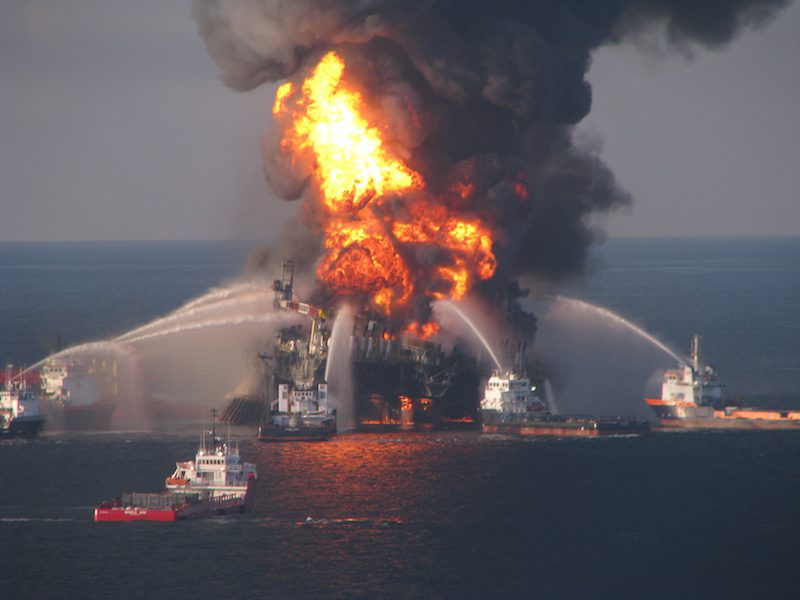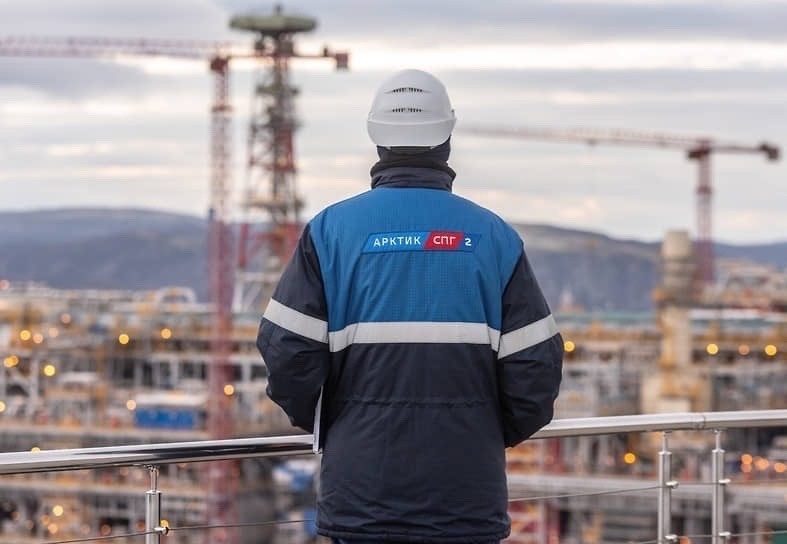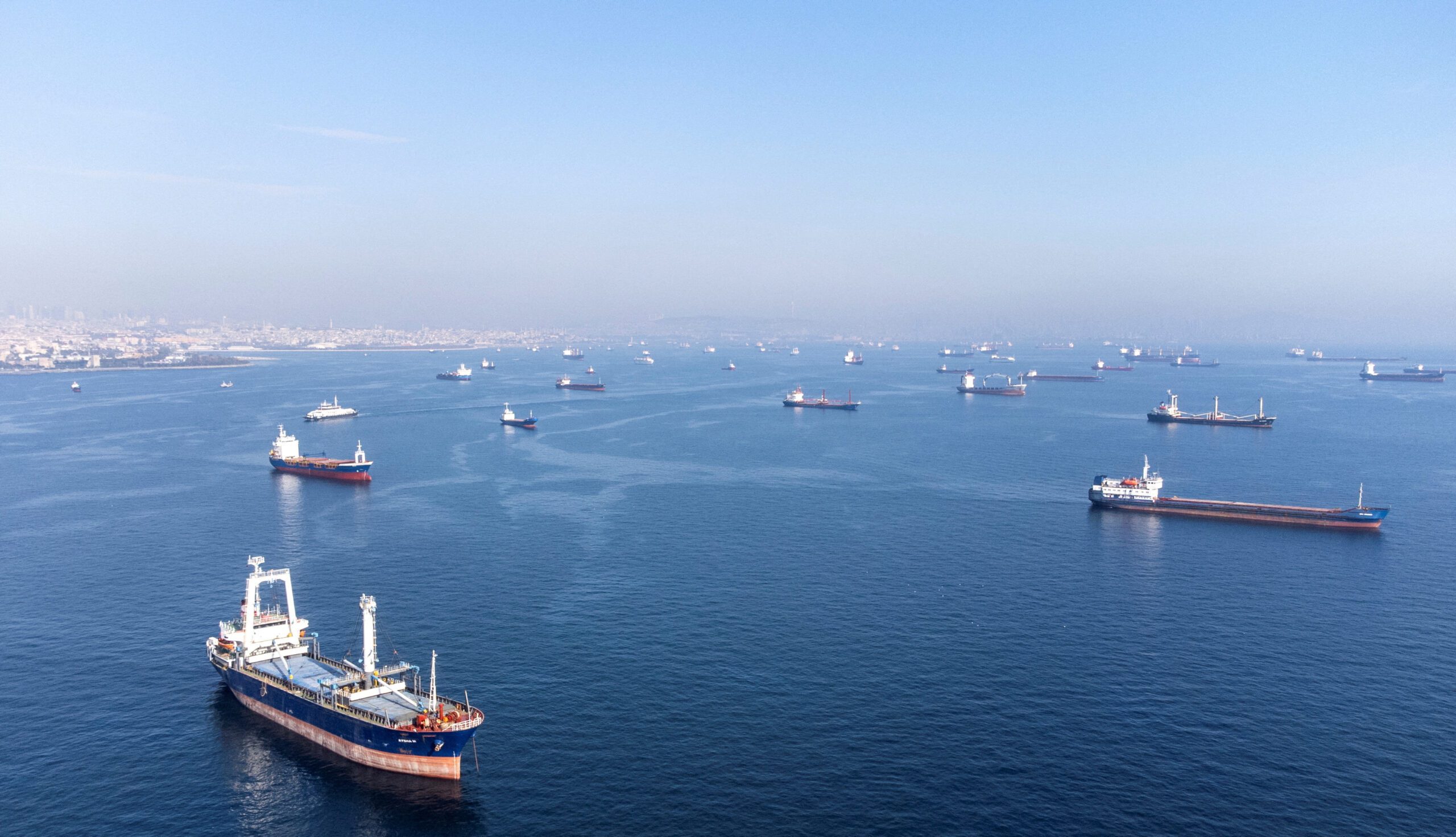U.S. Coast Guard Photo
By Jennifer A. Dlouhy
(Bloomberg) — The Obama administration is imposing tough new regulations for offshore drilling nearly six years after the Deepwater Horizon disaster vividly illustrated the potential damage when things go wrong.
Interior Secretary Sally Jewell unveiled the new rules Thursday, estimating the cost to industry at $890 million over 10 years and insisting it was essential to boost the safety of offshore energy development. Oil and gas companies said the mandates are too rigid and expensive.
“These regulations are among the most significant safety and environmental protection reforms that the department has launched,” Jewell told reporters on a conference call. “The final well-control rule seeks to better protect human lives and the environment from offshore oil spills by comprehensively addressing the full ranges of systems and processes involved in well-control operation.”
The measure requires oil companies to develop plans for keeping a close watch on distant, deep-water drilling operations, with real-time monitoring that pushes data to officials on land. The rule also would boost the frequency of inspections of critical emergency equipment known as blowout preventers and require offshore operators to take steps to center pipe inside wells when pumping cement into them.
Fresh Scrutiny
Those and other requirements dovetail with recommendations from investigators who probed the April 20, 2010 failure of BP Plc’s Macondo well in the Gulf of Mexico. When flammable gas surged out of the well and ignited on board Transocean Ltd.’s Deepwater Horizon drilling rig, the resulting explosion killed 11 workers and sent oil spewing into those waters for months.
The incident brought fresh scrutiny to the process of cementing wells offshore and the hulking, multistory blowout preventers that are designed as a last-resort check against uncontrolled surges of oil and gas. A forensic investigation of the blowout preventer used at the failed Macondo well concluded that a powerful rush of oil and gas caused the drill pipe to buckle and shift off-center, ultimately preventing the device’s shearing rams from cutting the pipe and sealing the well hole.
The new rule responds by giving offshore operators up to seven years to retrofit subsea blowout preventers with pipe-centering technology and three years to deploy a second, redundant set of blind shear rams on the devices to increase the odds they will successfully slash through drill pipe and debris in an emergency.
Industry Lobbying
Exxon Mobil Corp., Chevron Corp., Anadarko Petroleum Corp., and other oil companies have lobbied against the mandates, warning they will impose potentially tens of billions of dollars in new costs, could make some drilling less safe and threaten to reduce energy development in the Gulf of Mexico, which accounts for about 17 percent of U.S. crude production.
The effects could be most acute for the Gulf’s top crude oil and gas producers, Royal Dutch Shell Plc, BP, Chevron, Riverstone Holdings LLC and Exxon.
“This rule will likely jeopardize the safety of offshore operations and lead to stranded assets in the Gulf,” said Lori LeBlanc, executive director of the Gulf Economic Survival Team, a Louisiana-based business group.
An analysis conducted for the American Petroleum Institute said the draft rule proposed last April would impose new costs of $31.8 billion over the next decade. That dwarfs the Interior Department’s estimates for the final rule, which say the added cost is as much as $890.3 million over 10 years, but that is offset by $1.3 billion in possible benefits, including averted oil spills.
Flawed Process
In issuing the final rule, the Interior Department rebuffed requests from industry groups and congressional allies to propose it again with an additional six months for public comment. “This rule will affect every offshore energy project for years to come,” said Erik Milito, an API director. “It is essential to get it right.”
Randall Luthi, a former drilling regulator who heads the National Ocean Industries Association, praised the Interior Department for addressing some industry concerns, including by lengthening the timelines for complying with some new requirements.
But he called the rulemaking process “flawed” for not giving the public a chance to review and comment on the revised details before Thursday. “Like trying to hit a bull’s-eye while blindfolded, no one received meaningful feedback and everyone was left guessing whether their input had hit the mark and would be reflected in the final rule,” Luthi said.
Price Slump
The measure comes amid a crude price slump that has forced energy companies to dismiss workers and cut capital spending on new projects. Though prices have risen in recent weeks to more than $40 a barrel, they are a fraction of the $107.26 high reached in June 2014.
The Obama administration yielded to oil companies by softening a proposed requirement that offshore operators stash excess hydraulic fluid underwater, with individual supplies dedicated to operating specific components of emergency equipment. Under the final rule, the fluid can be shared and tapped for several emergency functions.
The Interior Department’s Bureau of Safety and Environmental Enforcement also specifically outlined the process for oil and gas companies that wish to drill wells that fall outside a newly defined “safe drilling margin” specifying the precise balance between the drilling fluids that are pumped under the sea floor and the amount of pressure the underground formation can take before it cracks. Companies must submit a risk analysis and other documentation to support the drilling as part of the standard permit review process.
‘Sufficient Documentation’
“As long as they provide sufficient documentation, they don’t have to do alternative compliance. It’s part of the permitting process,” said Allyson Anderson Book, associate director of Interior’s safety bureau.
Book said regulators have already been using the newly formalized safe drilling margin in reviewing permit applications and, with sufficient justification, approving wells that do not meet that strict limit. Under current practice and under the new rule, she said, offshore operators can seek deviations if they encounter unexpected pressures that force changes while drilling. Ten of those requests have been made since 2010 according to a bureau review; all of them were approved.
© 2016 Bloomberg L.P

 Join The Club
Join The Club











